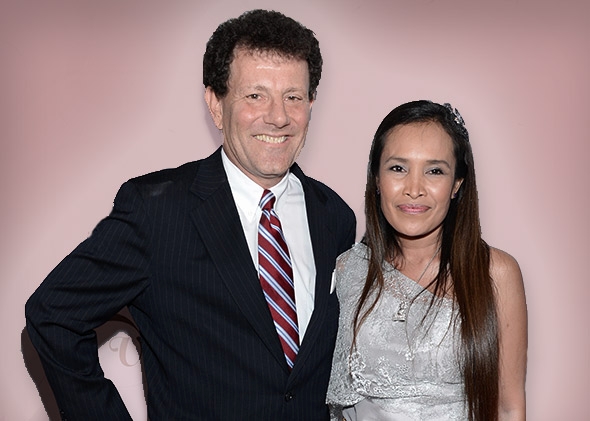In an era characterized by rapid methodical advancement and technological innovation, the need for effective science communication never been greater. As scientists strive to share their findings with broader audiences and engage the public in conversations regarding science, the traditional boundaries amongst the laboratory and the public sphere usually are increasingly blurred. From public lectures and performances to interactive exhibitions and multimedia systems presentations, science communication has created into a dynamic and a comprehensive field that seeks for you to inspire curiosity, foster understanding, and cultivate dialogue in between scientists and the public.
One of the most common forms of science communication is the public lecture, where scientists present their research information, insights, and perspectives in order to non-expert audiences in an obtainable and engaging manner. Public speaks provide an opportunity for scientists to share with you their expertise with the open public, demystify complex scientific principles, and address questions along with concerns from community members. Moreover, public lectures generally feature interactive elements including Q&A sessions, demonstrations, and also hands-on activities, allowing visitors members to actively be involved in the scientific discourse in addition to deepen their understanding of the niche at hand.
Furthermore, science connection extends beyond traditional lecture formats to include a wide range of artsy and creative expressions. Through theatrical performances and storytelling events to music shows and dance productions, performers and scientists are taking part to bring science to life within innovative and unexpected means. These interdisciplinary collaborations utilize the power of storytelling, emotion, along with imagination to communicate medical ideas and concepts in ways that resonate with assorted audiences and foster the deeper appreciation for the wonders of the natural world.
Additionally, science communication efforts often take the form of interactive shows and multimedia presentations, just where visitors can explore methodical concepts through hands-on experiments, immersive experiences, and multimedia systems installations. Museums, science facilities, and educational institutions around the world number exhibitions that showcase cutting-edge research, highlight scientific developments, and inspire curiosity and question in visitors of all ages. By providing opportunities for hands-on understanding and exploration, these représentation engage visitors in the process of scientific inquiry and cause them to become think critically about the globe around them.
In addition to traditional science communication platforms, digital in addition to online media play tremendously important role in reaching assorted audiences and fostering discussion about science. Social media tools, podcasts, blogs, and on the net forums provide scientists having a powerful toolkit for expressing their research, engaging together with the public, and building communities of interest around specific methodical topics. Moreover, digital mass media offer opportunities for interactive storytelling, data visualization, as well as multimedia presentations that can increase the accessibility and impact connected with science communication efforts.
Additionally, science communication initiatives typically seek to address broader social issues and promote scientific disciplines literacy and engagement amongst underserved communities. By partnering with community organizations, schools, and outreach programs, experts can reach audiences that could have limited access to research information and resources. Moreover, efforts to promote diversity and inclusion in science conversation ensure that a wide range of voices and perspectives are represented from the public discourse, enriching typically the conversation and fostering an increasingly inclusive and equitable research community.
In conclusion, science conversation is a vital and powerful field that seeks for you to bridge the gap amongst the laboratory and the public sphere by way of public lectures, performances, shows, and digital media. By simply engaging diverse audiences in conversations about science, analysts can inspire curiosity, promote understanding, and cultivate some sort of deeper appreciation for the amazing things of the natural world. Even as continue to grapple with elaborate scientific issues and societal challenges, effective science interaction remains essential for building trust, promoting dialogue, and fostering a more informed and involved public.




